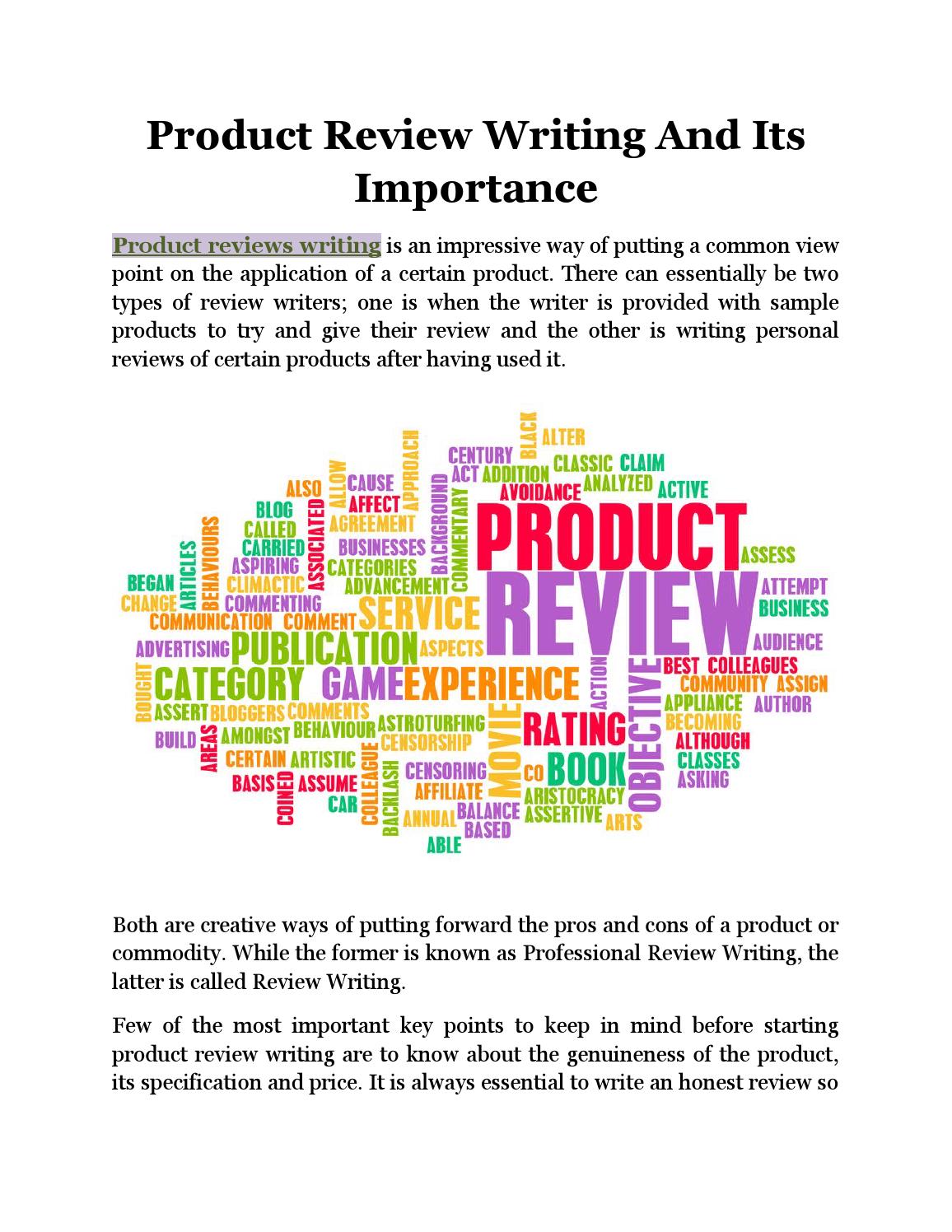
A few aspects of your application need to be considered when selecting an electronic examiner. Each reviewer will receive a structured electronic format template. The template includes a step-by-step guide for organizing the review. It also provides information about conflict of interest and the role of the electronic examiner. A well-structured, electronic review is crucial for a quality application.
Electronic template structure
The Structured electronic reviewing template was created to assist reviewers in structuring their reviews. This template helps reviewers concentrate on the key findings and points. It also indicates revisions needed for publication and possible changes. It also allows you to identify any referee-related questions. The template is used by reviewers to give critical feedback on submitted manuscripts.
The Structured electronic reviewer template was introduced to the journal in August 2010. There have been more than 80 reviews since the introduction this new process. This study investigates the effects of the structured electronic reviewing template on manuscript reviews.
Conflicts of interest in electronic reviewers
Any conflict of interests should be disclosed to the journal by electronic reviewers. Conflict of interest occurs when an author has an interest that could affect the ability to give a fair, objective evaluation of the work. Relevant commercial partnerships include research funding and grants, as well research materials and in kind services.

Conflicts can arise between reviewers and their personal or professional relationships. Conflicts of interest can result from academic competition or personal relationships.